theraven871
TPF Noob!
- Joined
- Jun 21, 2013
- Messages
- 82
- Reaction score
- 14
- Location
- United States
- Can others edit my Photos
- Photos NOT OK to edit
Going to be building a studio for the upcoming winter months.
I've been looking into a white seamless. As much as I love the cost and simplicity of paper, I'm unsure if I want to constantly be replacing it. Does it hold any other value other than its cost?
I'm tempted to get a vinyl "seamless" as an alternative. Do they hold up better over time?
Also, what flooring solutions do you recommend? I see many people with fake laminate floors they swap in and out. I don't know if I want to get that extreme, but I'm curious as to what everyone else is using AND what is working for everyone.
I'm also looking into either a set of Paul C Buff Einsteins or Alien Bees for lighting.
Any recommendations on what modifiers you love to work with?
I've been looking into a white seamless. As much as I love the cost and simplicity of paper, I'm unsure if I want to constantly be replacing it. Does it hold any other value other than its cost?
I'm tempted to get a vinyl "seamless" as an alternative. Do they hold up better over time?
Also, what flooring solutions do you recommend? I see many people with fake laminate floors they swap in and out. I don't know if I want to get that extreme, but I'm curious as to what everyone else is using AND what is working for everyone.
I'm also looking into either a set of Paul C Buff Einsteins or Alien Bees for lighting.
Any recommendations on what modifiers you love to work with?




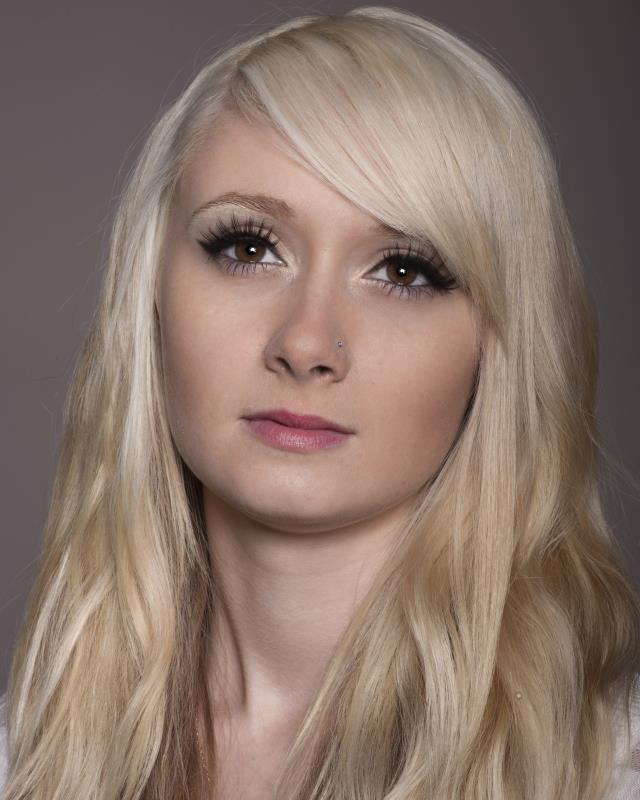
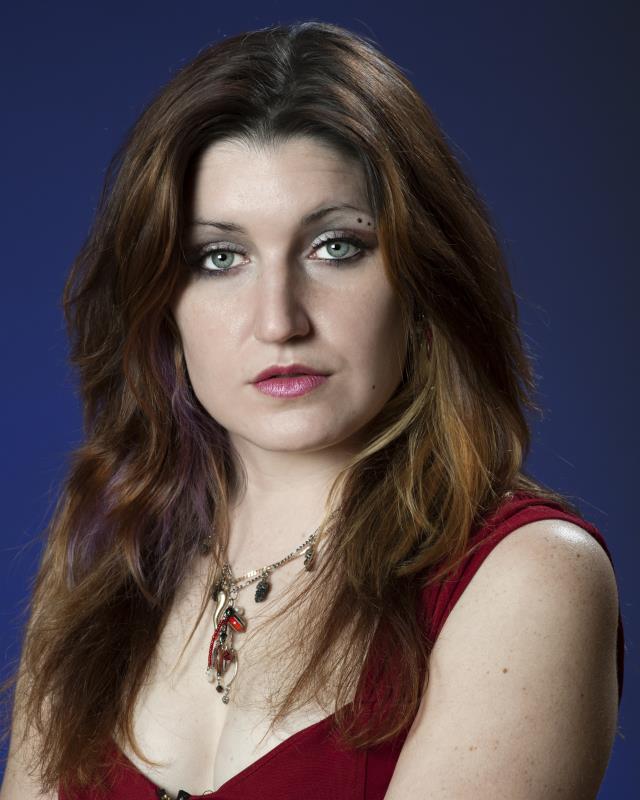
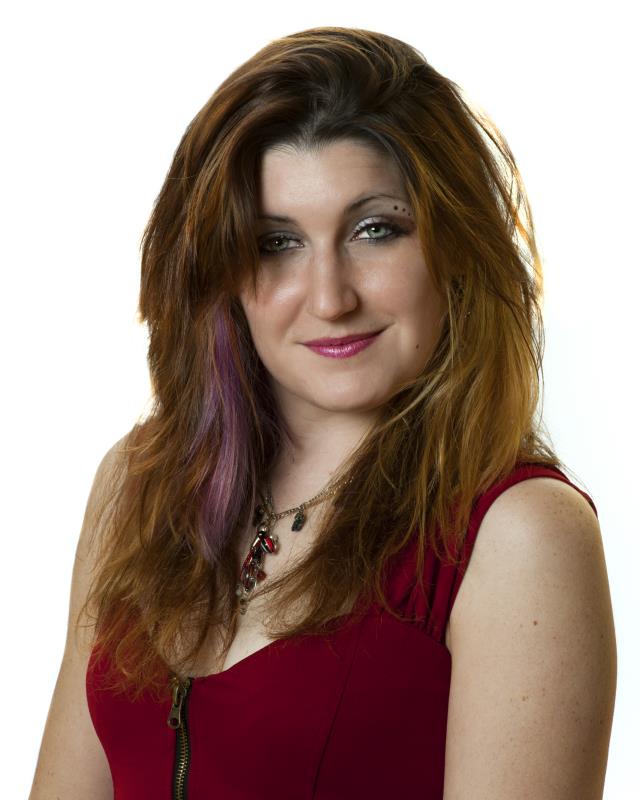
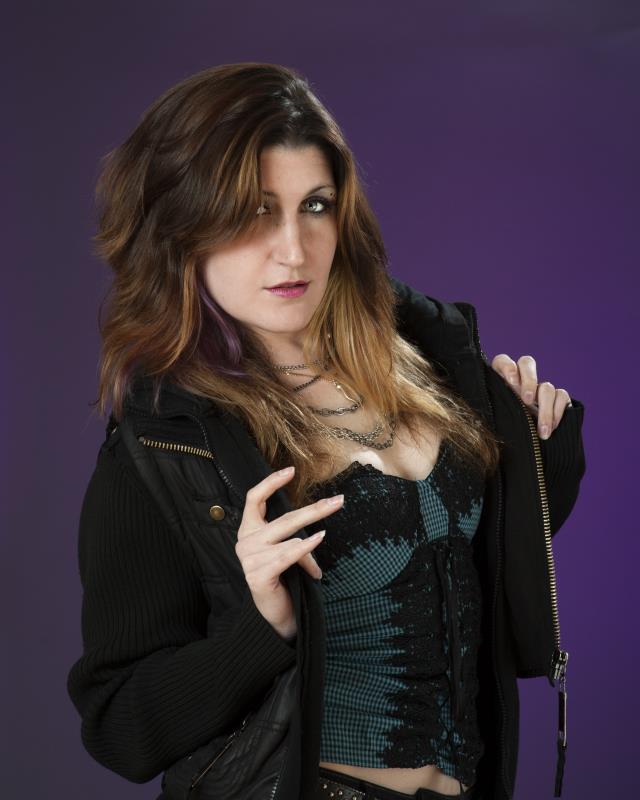
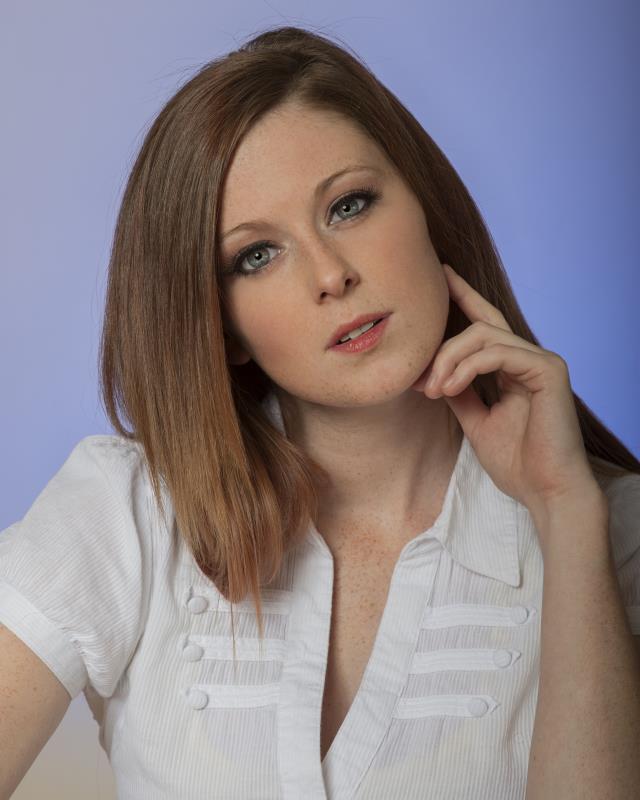
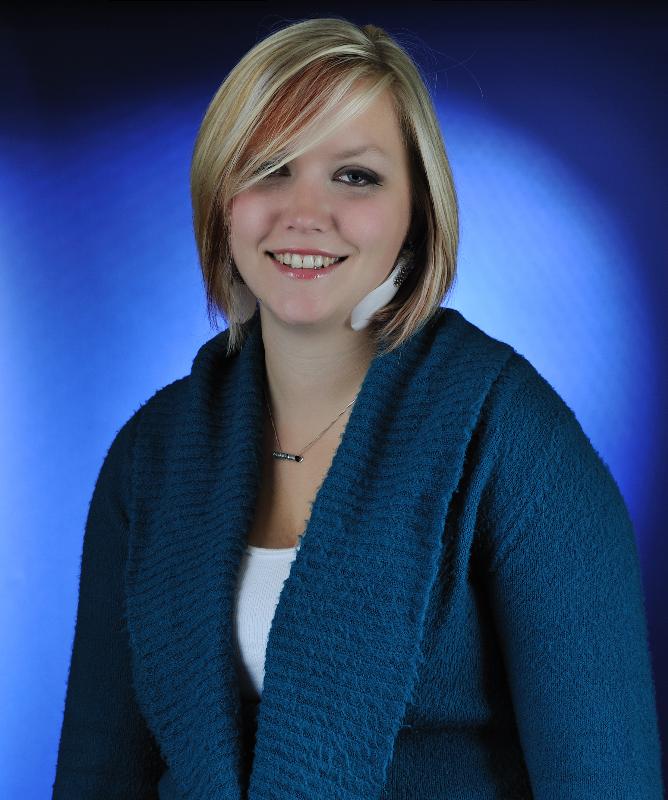











![[No title]](/data/xfmg/thumbnail/42/42397-30faa170de7ed9be38adf00b9b26a220.jpg?1734176928)